In the world of Naruto, most ninja are affiliated with a hidden village. These hidden villages serve individual countries – for example, Konohagakure, where many of the protagonists hail from, serves the Land of Fire. These villages are the primary setting for most of what happens in the series, which is why they’re so interesting to learn about.
Let’s dive into the things you didn’t know about the villages in Naruto. You may have known that Konoha and Sunagakure have always had a contentious relationship – but did you know that some of it is a dispute over Konoha land that Hashirama offered to Sunagakure for farming purposes? Speaking of Sunagakure land, did you know that the reason for its sunken landscape has something to do with the gods? There’s plenty more info where that came from!
1. There Were Multiple Anti-Kazekage Factions In Sunagakure
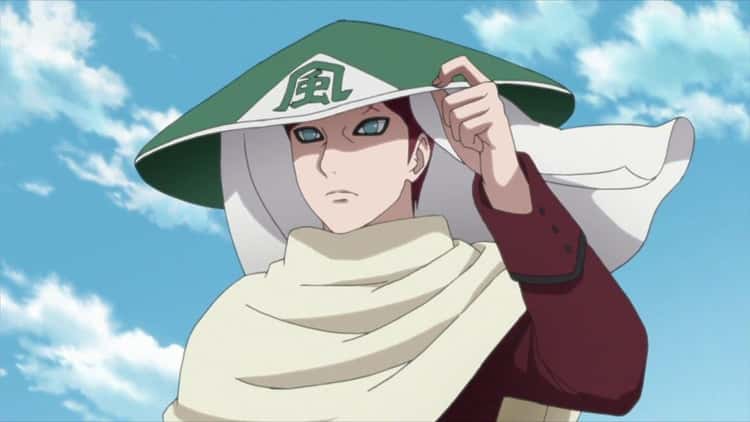
Because the fourth Kazekage was assassinated, not everyone in Sugakure feels secure about Gaara being in charge. In fact, there are several anti-Kazekage groups who want to make sure that whoever is in charge is strong enough to never meet that fate.
Because several Suna Council members purported to have started the anti-Kazekage factions have been detained, it’s assumed that this resistance no longer exists, at least not to the extent that it once did.
2. Kirigakure Is Named After A Legendary Ninja
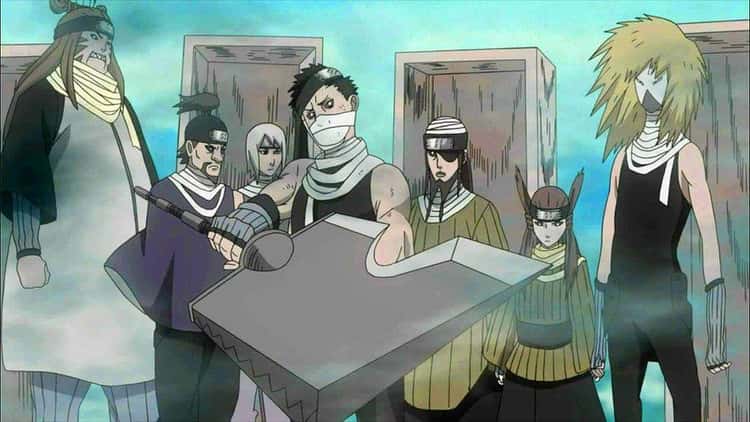
The name Kirigakure literally means “Village Hidden by Mist,” but it also has another origin. It’s named after Saizō Kirigakure, a ninja from a legendary group called the Sanada Ten Braves. During Japan’s Warring States period, this group served under daimyō Yukimura Sanada.
The name of the village, along with the village’s signature move, Hiding in Mist Technique, is a reference to Saizō Kirigakure’s association with fog and illusion magic.
3. Kumogakure Has A Real-World Equivalent
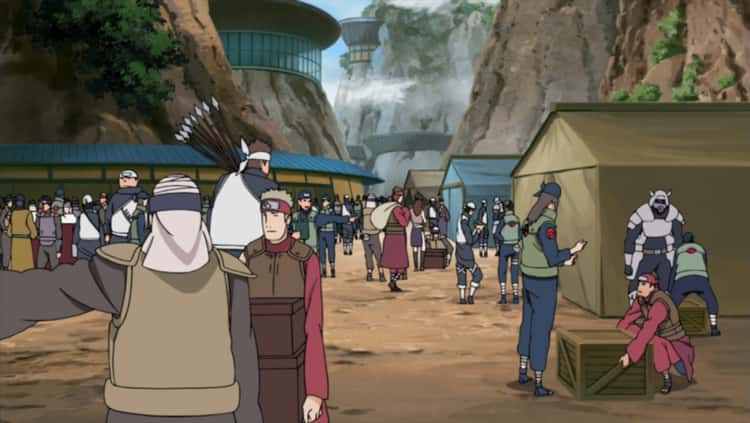
Back in the 1500s, there was a real Kumogakure in Japan. However, it wasn’t a village – it was a “hidden school” that trained ninja. It was founded by Iga Heinaizaemon No Jo Ienaga and incorporated both Buddhist and Shinto teachings.
Among its most distinctive features was its emphasis on teaching ninja to light fires even in wet weather, and the use of demon masks that were used to intimidate enemies. Ninja from this school also used hooked spears called kamayari in combat and to help them swing through trees. Legendary ninja Sasuke Sarutobi is said to have used one of these spears.
4. Sunagakure Has Farmland In Konoha
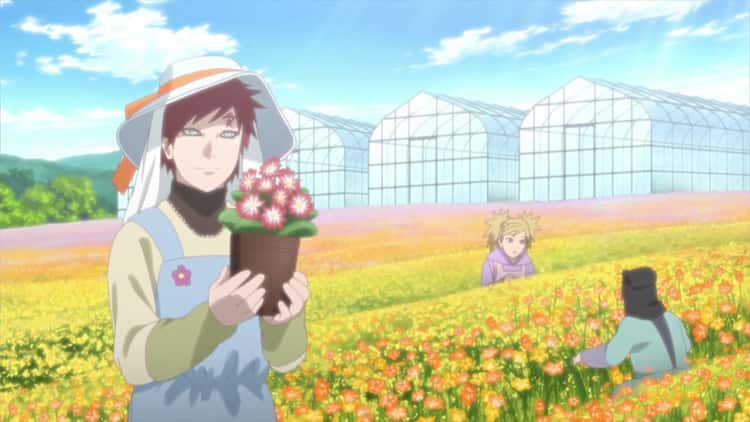
One of Sungakure’s biggest problems is that its desert-like climate makes it hard to grow crops. During the first Kage Summit, Hashirama decided to help Sunagakure out with that by giving the village access to a plot of land that it could use for farming within Konoha itself.
However, not everyone was happy about this arrangement, and arguments over who the land belongs to have been causing conflict between the two villages ever since.
5. The Same Woman Embroidered Every Hokage’s Haori

When each new Hokage is inaugurated in Konoha, they are presented with a haori – that is, a traditional jacket that’s worn over a kimono. Each of the seven Hokage have received their own unique haori, all of which were made by the same woman.
This might not sound as shocking as it is. While no one knows exactly how much time there was between Hashirama’s inauguration and Naruto’s, it seems to be at least 100 years. That means that this woman has not only been alive but has also been crafting haori for over a century. Will she still be around to make one for the eighth Hokage? Only time will tell.
6. The Destruction Of Uzushiogakure Happened Recently
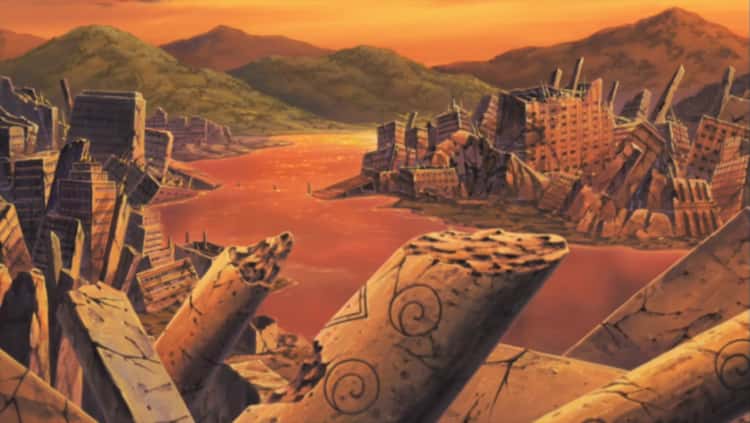
Uzushiogakure was once one of the most powerful hidden villages around, but it was brought to ruin by war. It’s not known exactly when this happened, but it definitely happened during Kushina’s lifetime.
When she left her home village for Konoha as a child, the village was intact. At some point during her lifetime, she learned that she’d never be able to go back home.
7. Kirigakure Has No Ninja Registration System
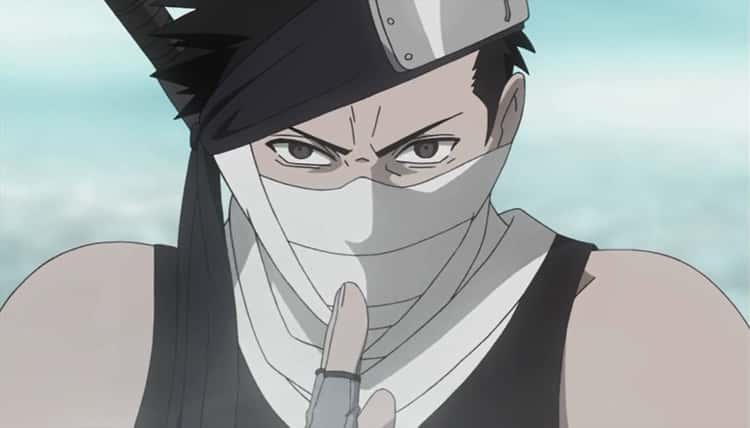
Most of the major hidden villages require that shinobi officially register their profession. While the exact requirements vary, most want to keep records of who is working for them and in what capacity.
Perhaps because of its lawless past, Kirigakure has no such system. It’s not clear whether that’s one of the many things that changed under Chojuro’s leadership, though it very well could be.
8. Amegakure Loves The Chunin Exams
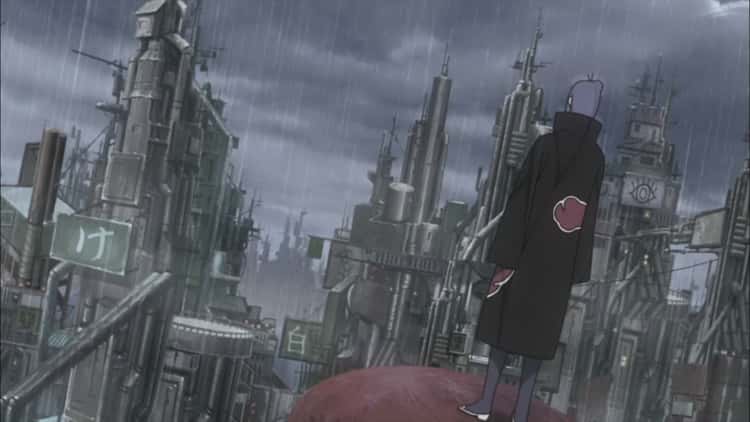
Most contestants taking the Chunin Exams are from the five most prominent hidden villages: Iwagakure, Konohagakure, Kirigakure, Kumogakure, and Sunagakure. While other villages do send constestants to participate, they don’t send a lot.
Amegakure is different – the village has sent 21 known genin to participate in the Chunin Exams, far exceeding the numbers from any small village. Considering how much destruction Amegakure endured during the Shinobi Wars and the village’s pride in producing skilled assassins, it makes sense that Amegakure would be especially keen to seek this out.
9. Konoha Genin Get Their First Missions Directly From The Hokage
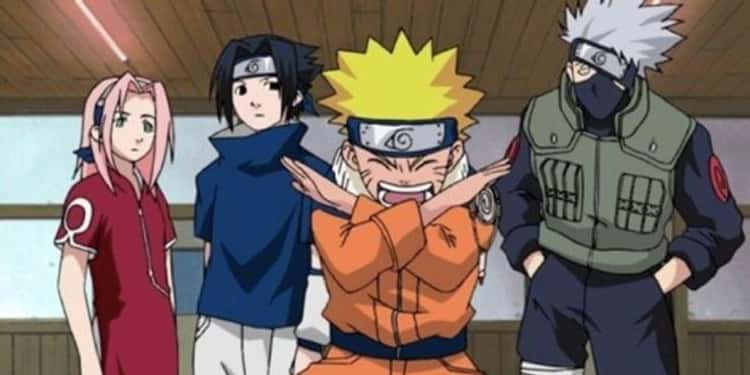
especially complex.
But tradition states that newly minted genin in Konoha get to receive their first mission directly from the Hokage. No matter how busy the leader might be, they make time to introduce the neophyte ninja to their new careers. It’s unknown whether or not a similar tradition exists in other villages.
